Toulouse-based company Kora has been through some ups and downs. Ever since 2017, it’s been relaunching itself, producing a tighter, more coherent range of three integrated amplifiers and two power amplifiers. Each of these devices is based on a trademarked technique that Kora calls Square Tube. You might not realise it just by looking at them, but these understated devices do in fact contain tubes.
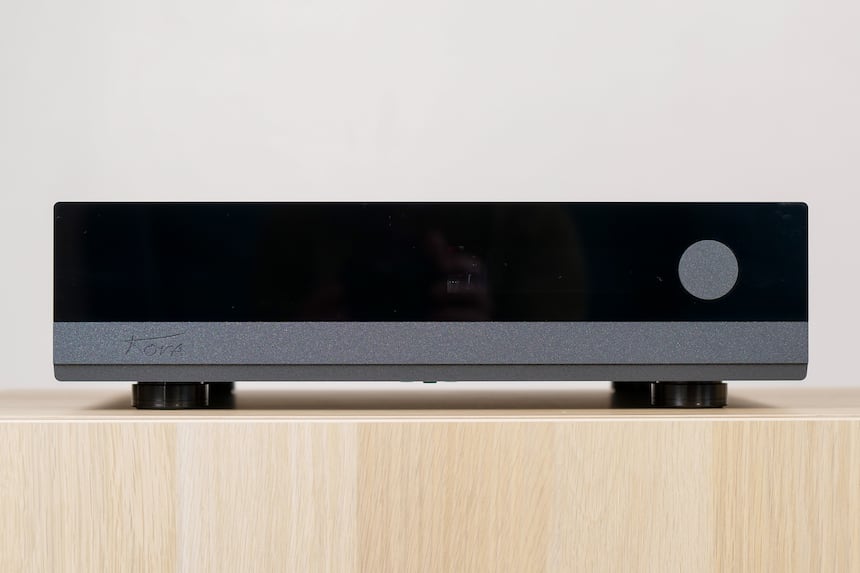
An integrated amplifier like the TB140 is a key part of any HiFi system. Just connect one or more sources to it, and it will take care of amplifying the signal it delivers to the speakers. Integrated systems that can handle everything are popular at the moment, but Kora has chosen to focus on what it does best and leave the other functions to specialists in the field.
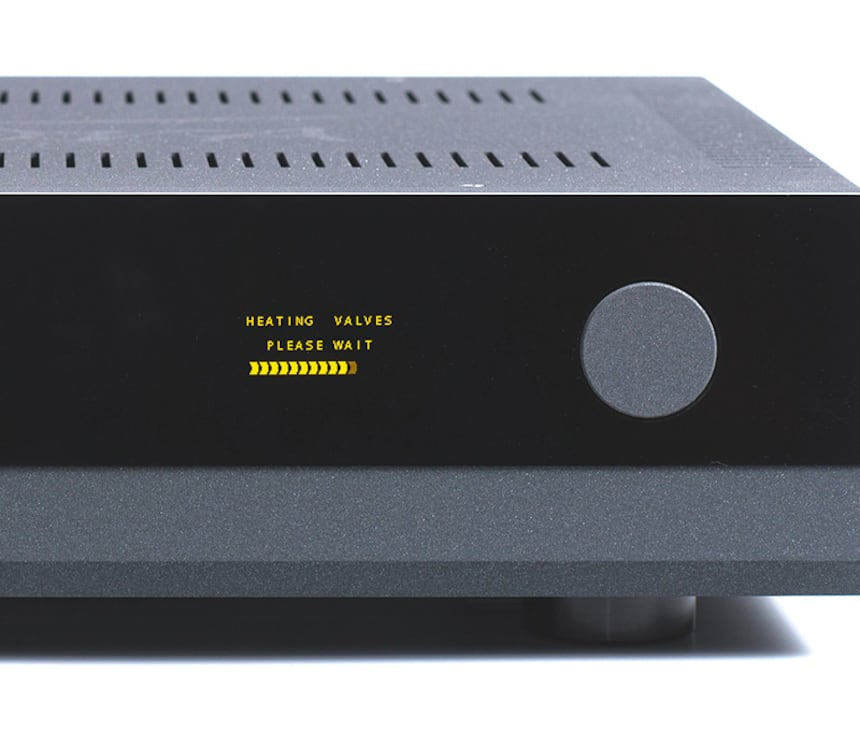
General Overview of the Kora TB140
This integrated amplifier is compact and will fit just about anywhere. This is due in part to its height of just 12 cm. The numerous vents on the top are there to dissipate heat, and although the device doesn’t heat up too much, it’s best to keep the top of the TB140 clear. The chassis is made of sheet metal with a slightly grainy finish, offering a solid, durable aesthetic. The TB140 stands on thick, cushioned feet.
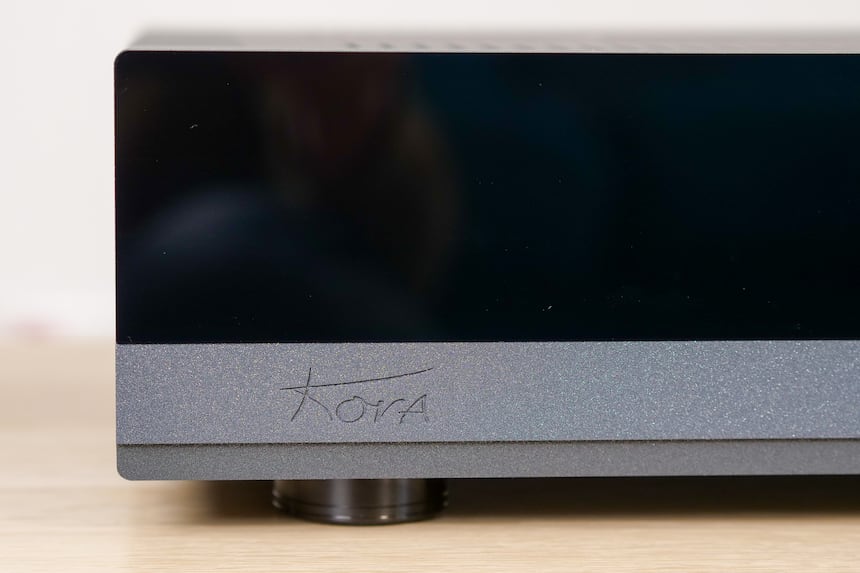
The front panel is divided into two horizontal sections: the lower part is made of anthracite grey metal, just like the rest of the chassis. The upper part is finished in shiny black plastic. A single round button that serves as volume control and as a control dial for the device settings completes the minimalist aesthetic.
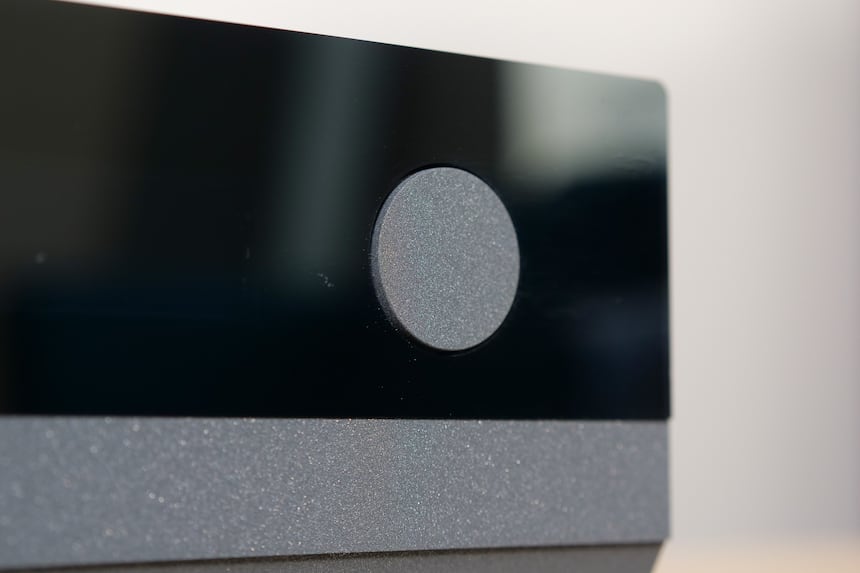
The rear panel includes, from left to right: the power socket, the speaker outputs and the RCA connectors. You’ll also notice the impressive radiator and an empty slot above the RCA inputs, which can accommodate an expansion card if needed. The RCA connectors are divided into five inputs—one of which is a Phono input—and a pre-out. There’s also a ground terminal to connect a vinyl turntable.
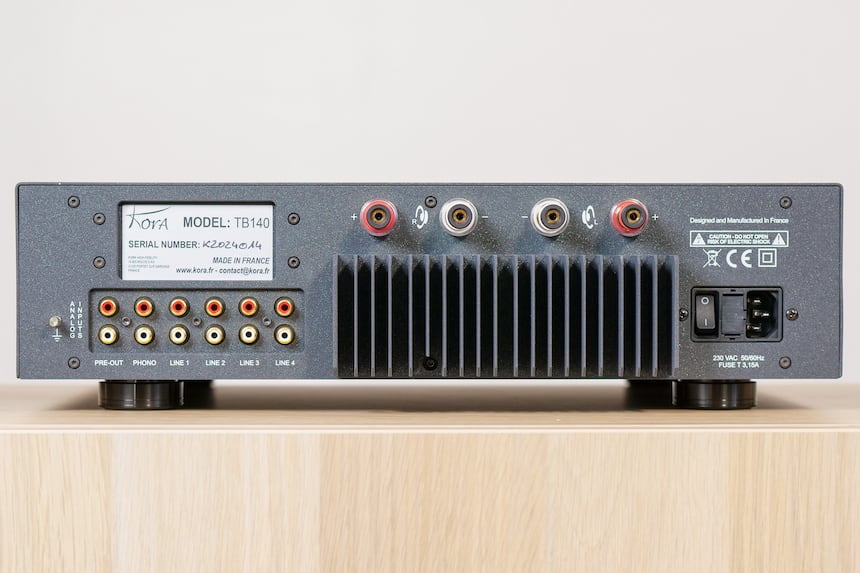
Inside, there’s a large toroidal transformer located in the centre, just behind the front panel. Closer to the connectors, a single large circuit board occupies just over 50% of the remaining space. Everything is logically organised, with the power supply just behind the power socket, the amplification, four speaker outputs and the input/output and pre-amp stages at the RCA connectors. This is also where the four tubes are located.
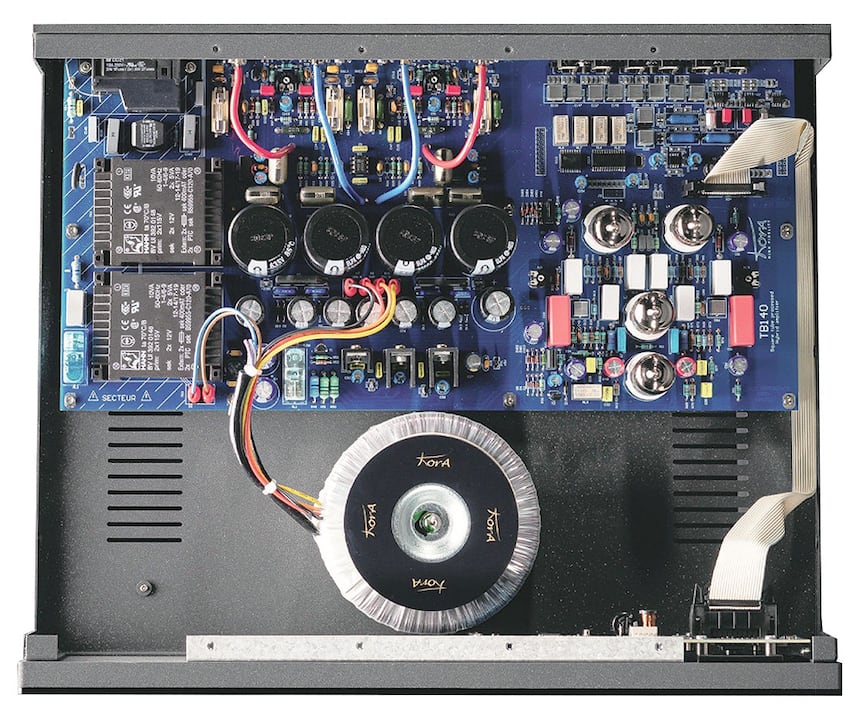
Something unique about Kora, and the TB140 in particular, is that it includes tubes in the audio signal path dedicated to amplification. Assisted by transistors, these amplify the signal to generate the current required by the speakers without the need for an output transformer. This technology, named Square Tube, was developed by Kora to ensure that the tubes always work in the same way, regardless of which tubes are used.
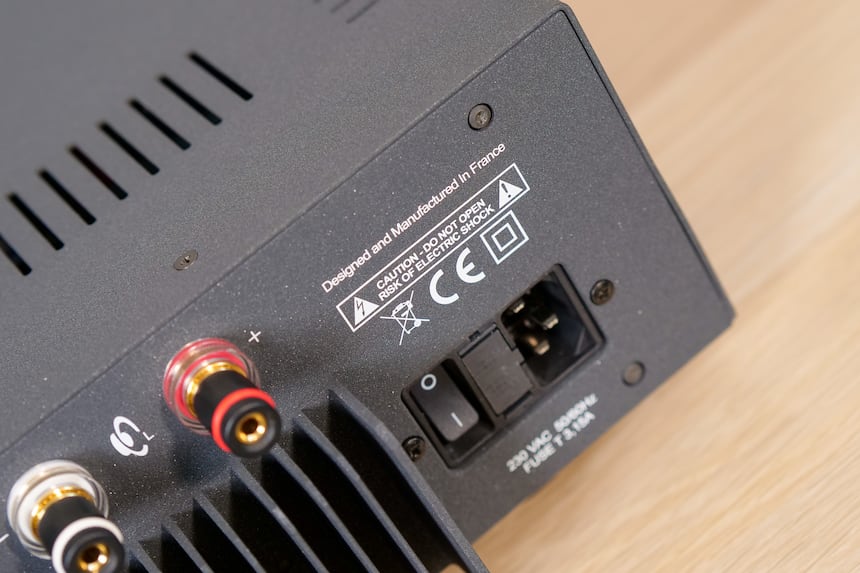
Using the Kora TB140
On the right-hand side of the large, shiny section on the front panel is a display screen. The display text is yellow in colour and always shows the volume and selected input. Two other pieces of information can be displayed via the settings menu: balance and gain offset per input. Additional settings include display brightness and click volume level, as the control dial is used to adjust the volume.
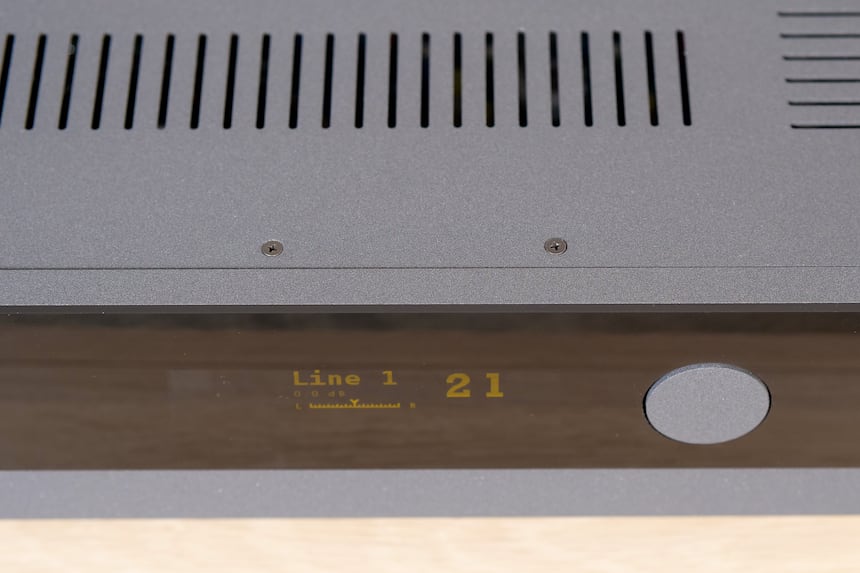
The fourth line input can be set to Bypass mode. This is useful if you want to use the TB140 as part of a mixed HiFi and home cinema system. This mode means that two of the device’s channels can be used as main speakers in a 5.1 system. Meanwhile, the pre-out output allows for the use of another power amplifier, confining the role of the TB140 to that of a simple pre-amplifier.
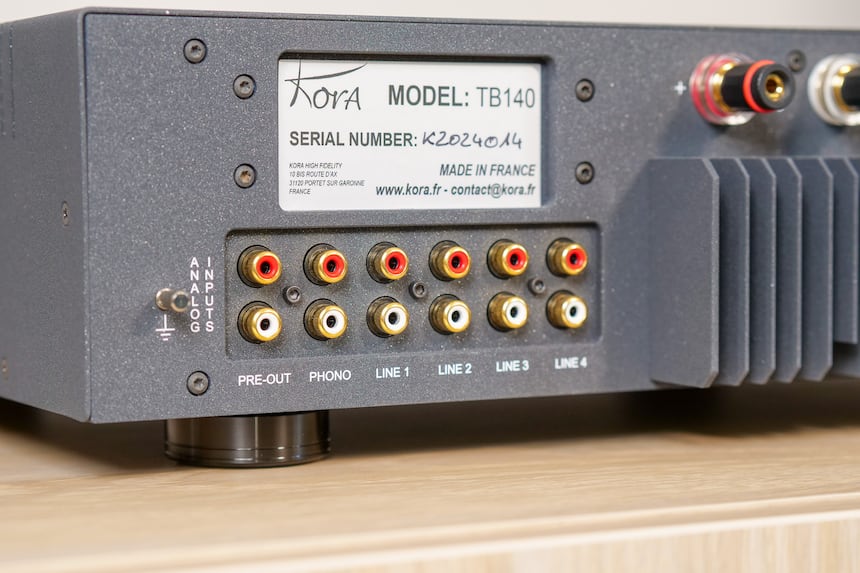
The TB140 comes with a metal remote control that matches the finish of the amp’s chassis. It controls the following functions: power on/off, mute, source selection and volume control. You can’t use the remote to access the settings since they can only be accessed from the device itself. The remote control rests on four small rubber pads to prevent the metal from coming into contact with any furniture it’s placed on.
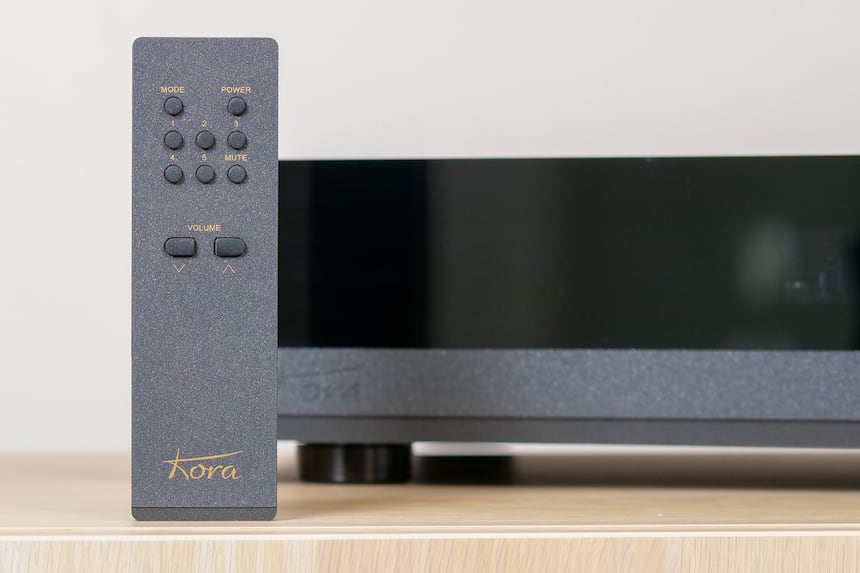
Kora has clearly focused on making this device user-friendly, and it comes with two thick manuals in French and English. The first is the user’s manual, which explains all the functions and provides straightforward advice on how to use the TB140. The second is full of information on the technologies the brand has developed and used within this integrated amplifier.
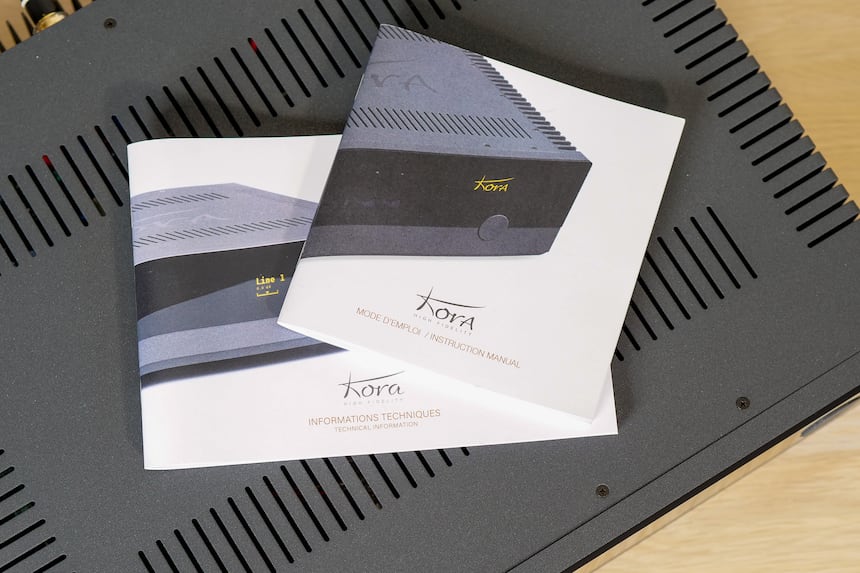
Listening Experience
For this test, the Kora TB140 powered our trusty Dynaudio Special 40 speakers. The Qobuz app was running on a MacBook whose USB-C output was converted to analogue by the excellent Schiit Modius DAC. This was connected via an RCA cable to one of the TB140′s line inputs.
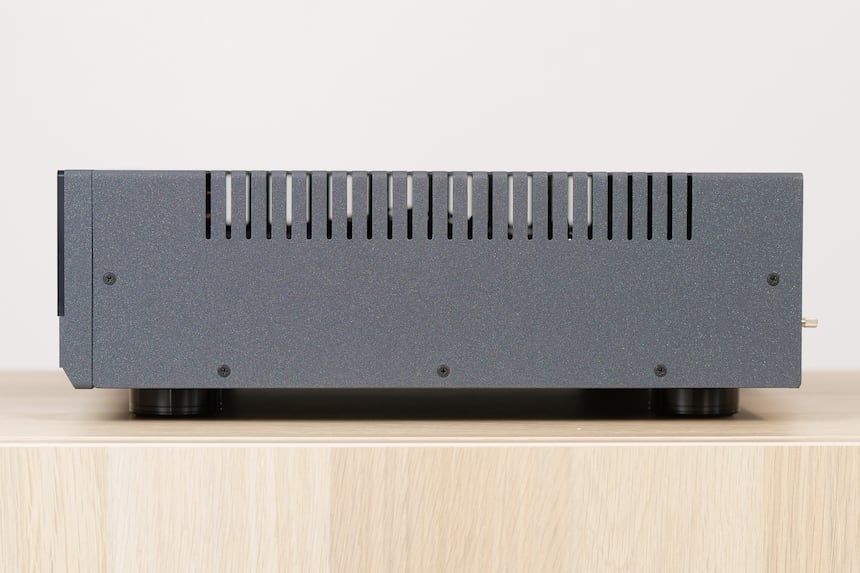
When listening to Dr Dre’s legendary album The Chronic, the bass resonates beautifully, and the sound spreads across the entire width of the sound stage. The power reserve feels limitless, and we find ourselves slowly turning up the volume without ever feeling any discomfort. It oscillates between big sound, fullness and musicality with a stunning presence. We followed this with Wax Tailor’s latest album, Fishing for Accidents, and the results are fantastic. The sound is concentrated in the centre of our listening room and offers great breadth and reverberation.
Next, we listened to Michel Jonasz’s latest album with its groovy-blues accents, aptly named Chanter le Blues. The lower frequencies are surprisingly realistic, with a powerful and accurate bass drum. It undoubtedly makes our Dynaudio speakers the life of the party! Aside from the depth created by the incredible instrumental placement, the vocals are also placed higher up to create beautiful verticality and realism. This amplifier produces a sound that is both smooth and present, especially when it comes to the female vocals on other extracts, such as La Grande Sophie.
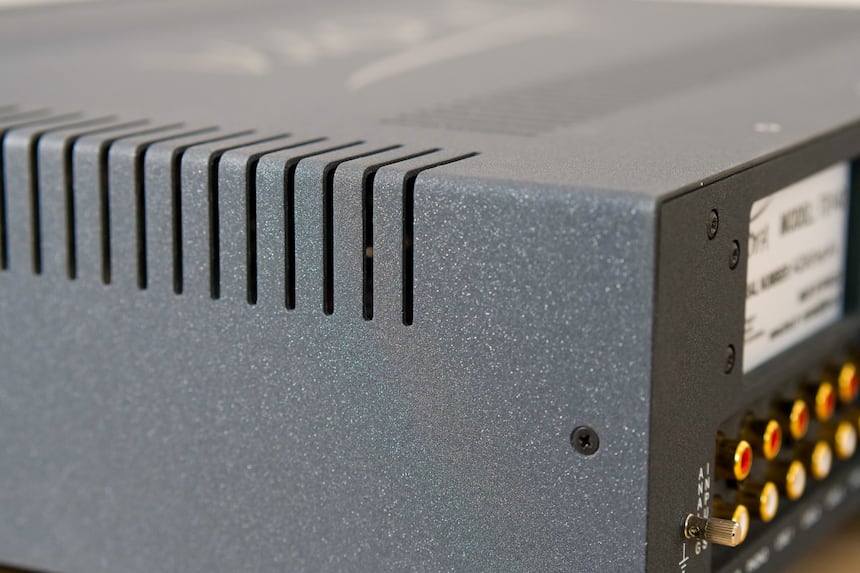
The TB140 also excels in other musical styles that are more complex in their reproduction, such as Schumann’s Symphony No. 3 by the Vienna Radio Symphony Orchestra. The dynamic runs are well respected and never sit uncomfortably in the ear whilst the sound stage unfolds behind the speakers, reproducing an array of micro-details. Resonance is never blurred, and we’re able to enjoy a large-scale orchestral reproduction from the comfort of our modest listening room. The stage takes shape in front of us as if the speakers cease to physically exist.
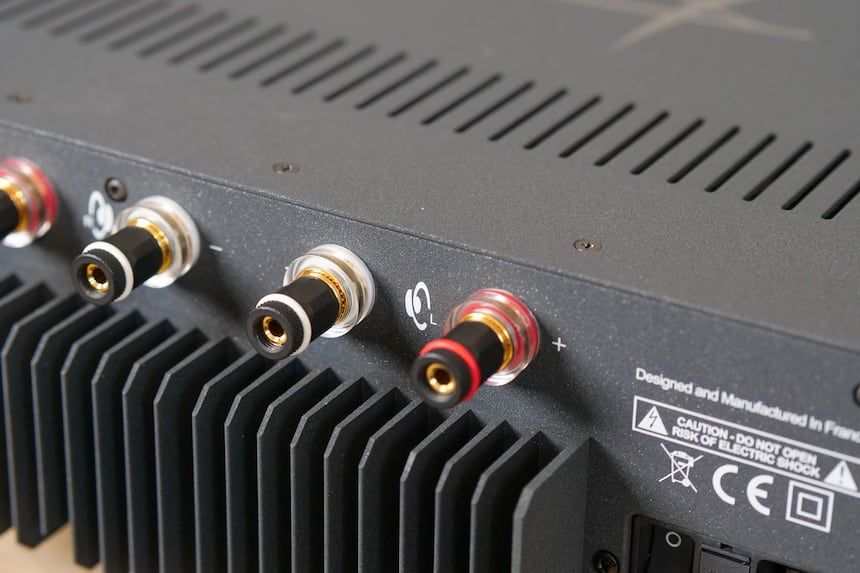
The Kora TB140 integrated amplifier transformed our speakers in a way that we don’t usually experience, in a good way. This amplifier is simply all about the music. It’s perfect for anyone looking to pursue sonic perfection, precision and fidelity, but it’s just as great for someone wanting to unwind and enjoy the music. The vocals are superb and make the most of what this amp has to offer. The bass is always impeccably sustained and never collapses under the complexity of the musical message. It even works with old recordings—something other amps struggle to do.

